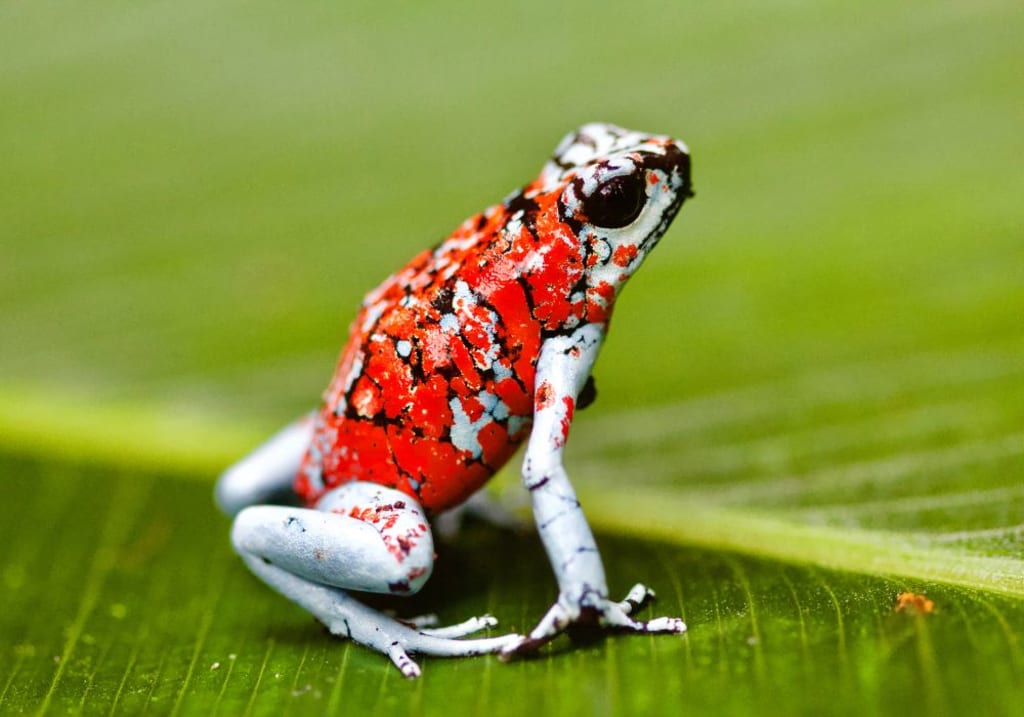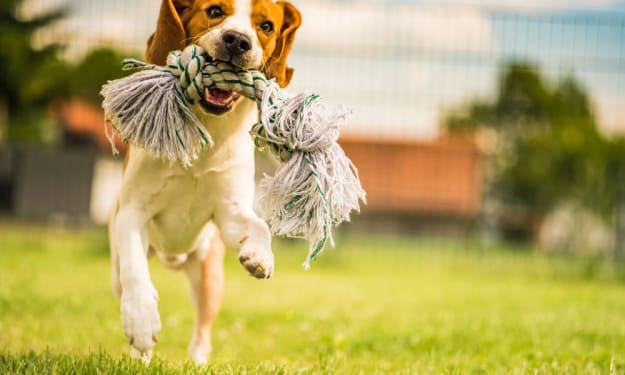The Ultimate Guide to Pet Frog Substrate Types
Choosing the right

Choosing the right substrate for your pet frog's habitat is crucial for their health and well-being. The substrate not only provides a comfortable surface for your frog to move around on, but it also plays a role in maintaining proper humidity levels and preventing bacterial growth. In this comprehensive guide, we'll explore the various types of pet frog substrates available and help you determine which one is best suited for your amphibian friend.
Understanding the Importance of Substrate
The substrate in a pet frog's habitat serves several important functions. First and foremost, it provides a safe and comfortable surface for your frog to move around on. Different frog species have varying preferences when it comes to substrate texture and depth. Some frogs, such as the African dwarf frog, prefer a soft, fine substrate that allows them to burrow, while others, like the White's tree frog, may prefer a more solid surface that supports their weight when climbing.
In addition to comfort, the substrate also plays a crucial role in maintaining proper humidity levels within the habitat. Certain substrates, such as sphagnum moss or coconut fiber, can hold moisture well and help keep the environment humid, which is essential for many frog species. On the other hand, substrates that dry out quickly may require more frequent misting to maintain the desired humidity levels.
Another important factor to consider is the ease of cleaning and maintaining the substrate. Some substrates, like newspaper or paper towels, are easy to remove and replace when soiled, while others, like gravel or sand, may require more thorough cleaning to remove waste and prevent bacterial growth.
Types of Pet Frog Substrates
- Sphagnum Moss: Sphagnum moss is a popular choice for many frog species as it holds moisture well and helps maintain high humidity levels. It is soft and comfortable for burrowing frogs and can be easily spot-cleaned. However, it may need to be replaced more frequently than other substrates.
- Coconut Fiber: Also known as coco coir, coconut fiber is another moisture-retaining substrate that is suitable for many frog species. It is made from the fibrous husk of coconuts and is available in compressed bricks that expand when soaked in water. Coconut fiber is easy to spot-clean and can last for several months before needing to be replaced.
- Cypress Mulch: Cypress mulch is a natural substrate that provides a more solid surface for frogs to move around on. It holds moisture well and helps maintain humidity levels. Cypress mulch is also relatively inexpensive and easy to find. However, it may need to be spot-cleaned more frequently than other substrates.
- Peat Moss: Peat moss is a lightweight and absorbent substrate that helps maintain high humidity levels. It is soft and comfortable for burrowing frogs and can be easily spot-cleaned. However, peat moss may need to be replaced more frequently than other substrates.
- Newspaper or Paper Towels: While not the most aesthetically pleasing option, newspaper or paper towels can be a practical choice for frog habitats. They are easy to remove and replace when soiled and do not hold moisture, which can help prevent bacterial growth. However, they do not provide any insulation or comfort for the frog.
- Gravel or Sand: Gravel or sand can provide a more solid surface for frogs to move around on and can be easily spot-cleaned. However, they do not hold moisture well and may require more frequent misting to maintain proper humidity levels. Additionally, small frogs may accidentally ingest gravel or sand, which can lead to impaction and other health issues.
Choosing the Right Substrate for Your Frog
When selecting a substrate for your pet frog, it's important to consider the specific needs of your frog species. Some factors to keep in mind include:
- Humidity requirements: Some frog species, such as the White's tree frog, prefer a drier environment, while others, like the African dwarf frog, require higher humidity levels.
- Burrowing behavior: Frogs that enjoy burrowing, such as the African dwarf frog, may prefer a softer substrate like sphagnum moss or coconut fiber.
- Size and age: Smaller frogs or tadpoles may be at risk of ingesting small substrates like gravel or sand, so it's best to avoid these options for young or small frogs.
- Ease of cleaning: If you have limited time for maintenance, a substrate that is easy to spot-clean, such as newspaper or paper towels, may be the best choice.
It's also important to note that some substrates may need to be treated or sterilized before use to remove any potential contaminants or pests. Always follow the manufacturer's instructions and consult with a veterinarian or experienced frog keeper if you have any concerns about the safety or suitability of a particular substrate.
Preparing and Maintaining the Substrate
Once you've selected the appropriate substrate for your frog's habitat, it's important to properly prepare and maintain it to ensure the health and well-being of your pet. Here are some tips for preparing and maintaining your frog's substrate:
- Depth: The depth of the substrate should be appropriate for your frog species. Most frogs require at least 2-3 inches of substrate to allow for burrowing and natural behaviors.
- Layering: Consider layering the substrate with different materials to create a more natural and varied environment. For example, you could layer sphagnum moss over a base of coconut fiber or cypress mulch.
- Spot-cleaning: Regularly spot-clean the substrate by removing any visible waste or uneaten food. This will help prevent bacterial growth and maintain a healthy environment for your frog.
- Full replacement: Depending on the type of substrate and the size of your frog's habitat, you may need to fully replace the substrate every few months. Signs that it's time to replace the substrate include a strong odor, visible mold or fungus, or a significant buildup of waste.
- Sterilization: Before adding new substrate to your frog's habitat, it's a good idea to sterilize it to remove any potential contaminants or pests. You can do this by baking the substrate in the oven at 200°F for 30 minutes or by soaking it in a 10% bleach solution and rinsing thoroughly.
By following these tips and regularly maintaining your frog's substrate, you can help ensure a healthy and comfortable environment for your pet frog to thrive.
Conclusion
Choosing the right substrate for your pet frog's habitat is an important decision that can have a significant impact on their health and well-being. By understanding the various types of substrates available and the specific needs of your frog species, you can create a comfortable and safe environment for your pet to live and thrive in.
Remember, regular maintenance and spot-cleaning are essential for maintaining a healthy substrate and preventing bacterial growth. If you have any concerns or questions about your frog's substrate, don't hesitate to consult with a veterinarian or experienced frog keeper for guidance.
For more information on caring for pet frogs, be sure to check out the resources available at Innovate Analysis. Their team of experts provides valuable insights and advice on all aspects of frog care, from habitat setup to nutrition and health.
About the Creator
Hasan
Welcome...
In this site of mine you can learn amazing things and many information that you don't know so please subscribe to my site.
Enjoyed the story? Support the Creator.
Subscribe for free to receive all their stories in your feed. You could also pledge your support or give them a one-off tip, letting them know you appreciate their work.






Comments
There are no comments for this story
Be the first to respond and start the conversation.